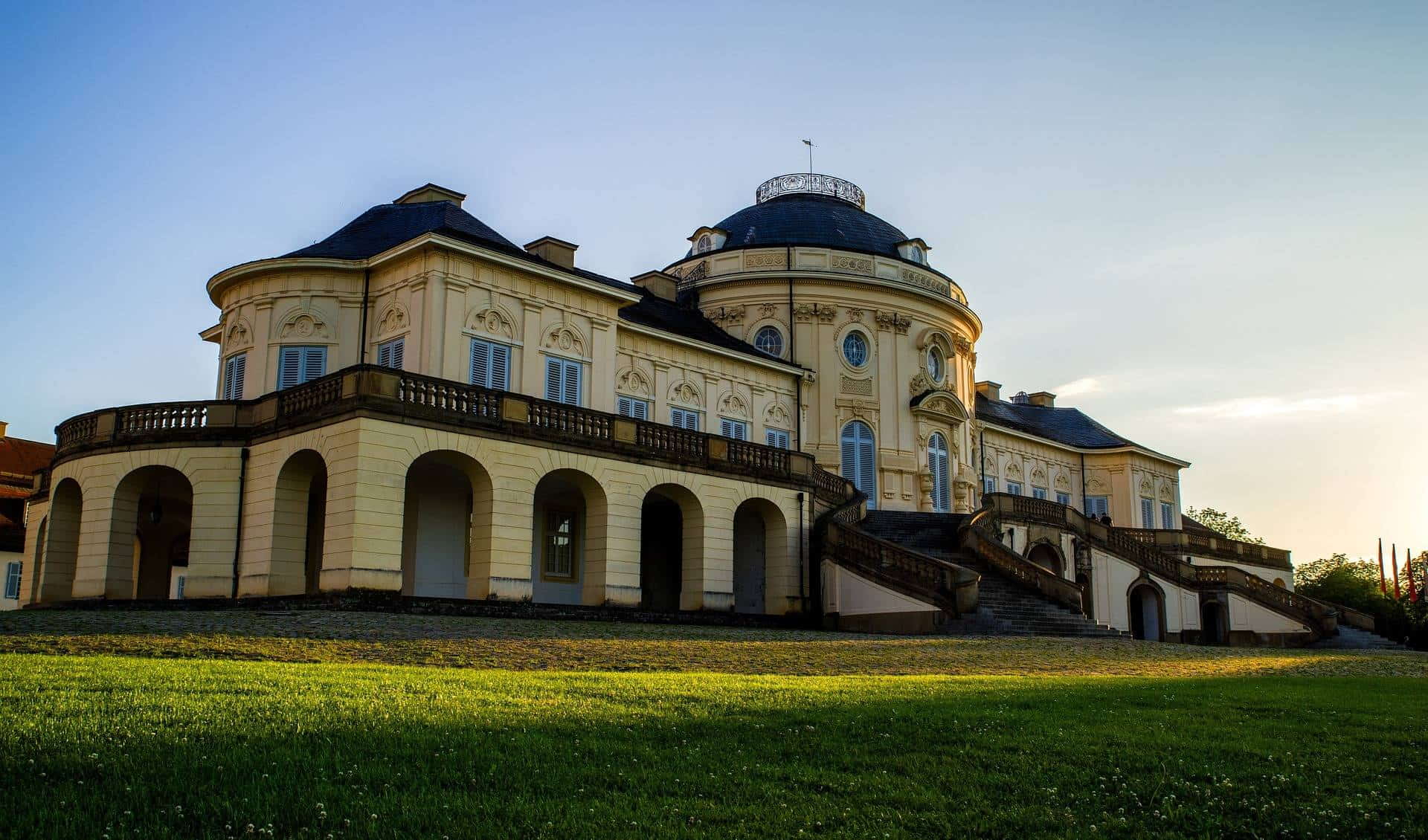Castle Solitude, a jewel in Stuttgart's crown, is a testament to 18th-century architectural grandeur. Commissioned by Duke Carl Eugen of Württemberg in 1763, this Rococo masterpiece perches atop a ridge overlooking the bustling city below. More than just a hunting retreat, Schloss Solitude has played a pivotal role in shaping the cultural landscape of Baden-Württemberg.
From its inception as a summer residence to its later incarnation as an elite school, the palace has witnessed centuries of history unfold. Today, it beckons families to explore its ornate halls, expansive grounds, and rich heritage. Castle Solitude isn't just a relic of the past; it's a living, breathing part of Stuttgart's present, offering visitors a unique blend of history, art, and natural beauty.
Highlights
- Stunning Rococo and Neoclassical architecture
- Panoramic views of Stuttgart and the surrounding countryside
- A rich history as a royal residence and educational institution
Contents
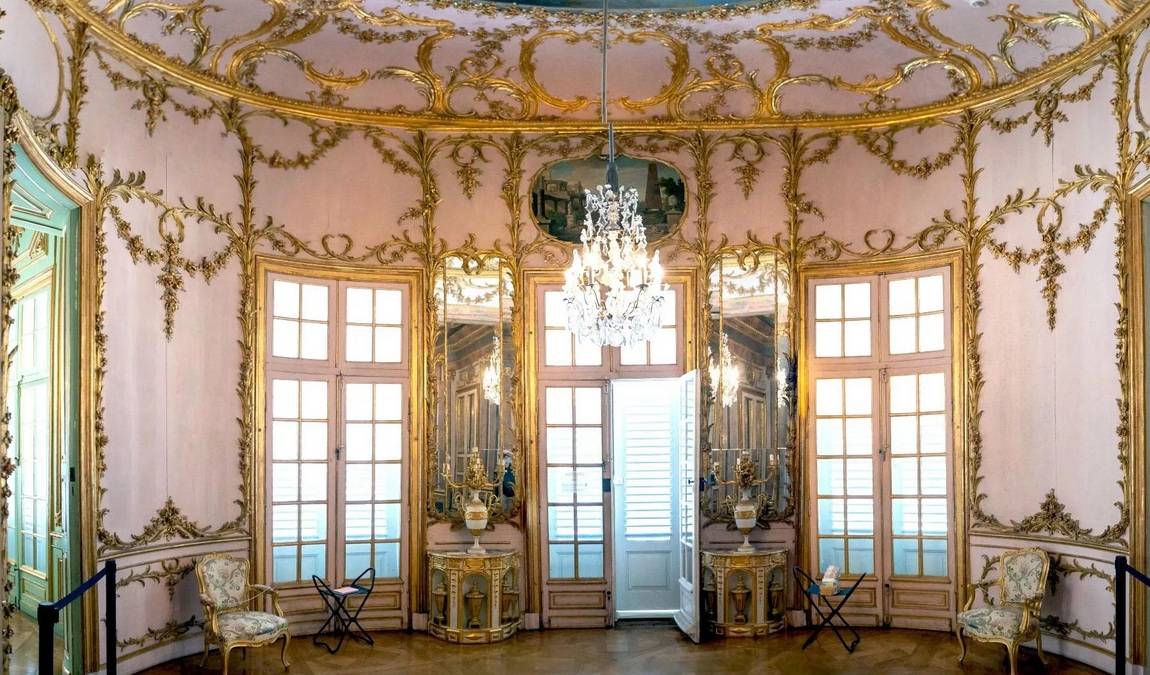 Photo: schloss-solitude.de
Photo: schloss-solitude.de
Here is Why Your Kids Will Find it Interesting
Castle Solitude is worth visiting with kids aged 6-12 who have a budding interest in history or architecture. The palace's grand halls and ornate decorations will spark their imagination, transporting them to a world of dukes and duchesses. Young visitors can explore the hedge maze, pretending to be royal gardeners or knights on a quest. The surrounding forests offer perfect spots for impromptu games of hide-and-seek. For older children, the palace's connection to famous figures like Friedrich Schiller adds an educational twist to the adventure.
Family-friendly features
- Interactive historical exhibits and costume try-ons
- Expansive grounds for picnics and outdoor games
- Seasonal events like Easter egg hunts and Christmas markets
The Architectural Marvel of Schloss Solitude
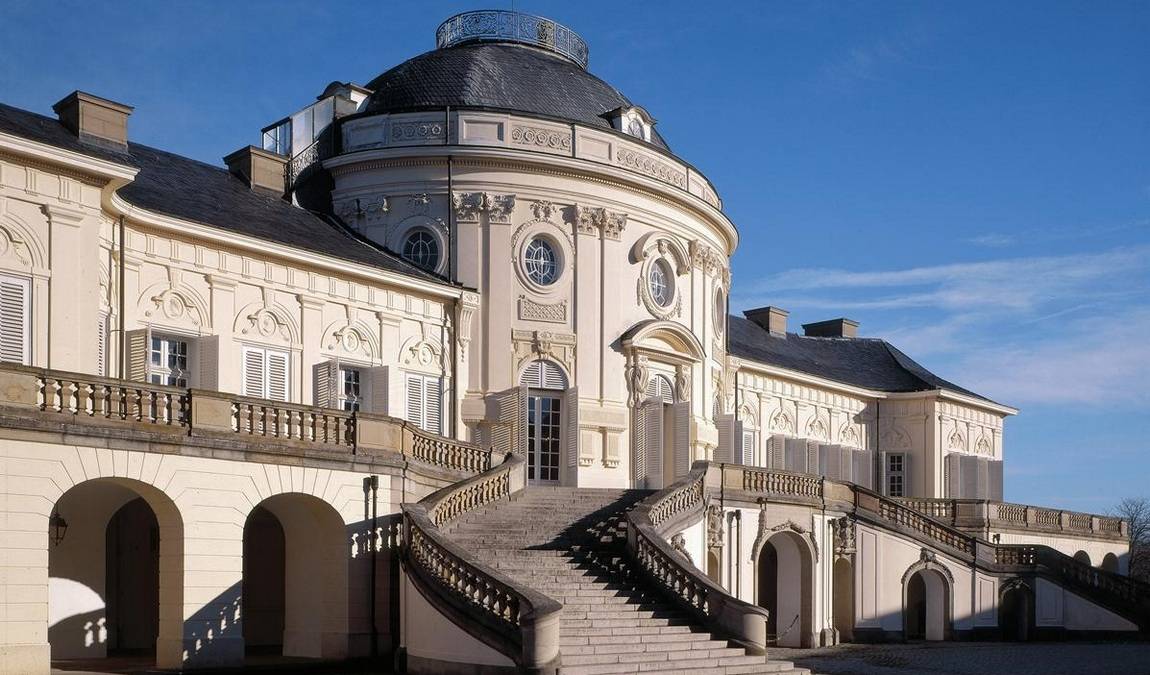 Photo: schloss-solitude.de
Photo: schloss-solitude.de
Duke Carl Eugen's vision for Schloss Solitude was nothing short of magnificent. He commissioned Johann Friedrich Weyhing to design a palace that would showcase the height of 18th-century architectural prowess. Weyhing and Philippe de La Guêpière created a stunning blend of Rococo and Neoclassical styles.
The palace's exterior exemplifies Rococo elegance with its graceful curves and ornate decorations. Intricate stucco work and gilded accents adorn the façade, creating a visual feast for visitors. The central domed pavilion, flanked by symmetrical wings, presents a harmonious and imposing silhouette against the sky.
At 9 km you will find an interesting museum for car lovers - Porsche Museum
Inside, the transition to Neoclassical design becomes apparent. The interiors, carefully restored between 1972 and 1983, feature grand halls with soaring ceilings, elaborate frescoes, and exquisite craftsmanship. Gilded mirrors, crystal chandeliers, and marble fireplaces speak to the luxury of ducal life.
The palace complex extends beyond the main building, encompassing two outbuildings and carefully planned avenues. Friedrich Christoph Hemmerling designed the extensive gardens, including a hedge maze, theater, orangery, and even zoos.
Family-Friendly Exploration
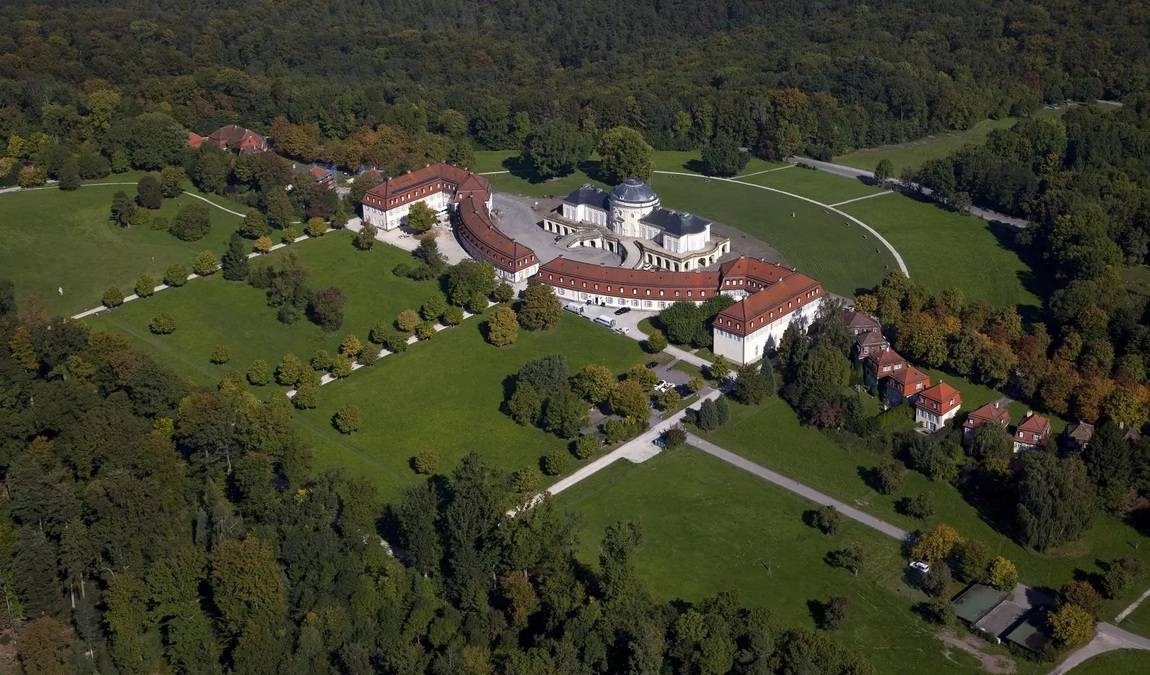 Photo: schloss-solitude.de
Photo: schloss-solitude.de
Castle Solitude offers a range of experiences tailored for families. Guided tours, available in German with English tours by booking, provide insights into the palace's history and architecture. These tours can be adapted for different age groups, ensuring that adults and children remain engaged.
Interactive exhibits bring the palace's past to life. Children can try on period costumes, learn about court etiquette, or participate in craft workshops inspired by 18th-century art. During summer months, outdoor theater performances and concerts add a touch of cultural flair to family outings.
Seasonal events, such as Christmas markets and Easter egg hunts, transform the palace grounds into magical settings for family memories. These events often feature hands-on activities, storytelling sessions, and historical reenactments that captivate young imaginations.
Breathtaking Views and Surrounding Nature
 Photo: schloss-solitude.de
Photo: schloss-solitude.de
Castle Solitude's most striking feature is its commanding position atop a ridge. From this vantage point, visitors are treated to panoramic vistas of Stuttgart and the surrounding countryside. On clear days, the view extends to Ludwigsburg, offering a breathtaking regional perspective.
The palace grounds seamlessly blend into the surrounding forest, providing ample opportunities for nature exploration. Families can embark on gentle hikes along well-maintained trails, spotting local wildlife and identifying native plants. These paths are stunning in autumn when the foliage turns to vibrant shades of red and gold.
Picnic spots dot the landscape, inviting families to enjoy al fresco meals amidst nature. The expansive lawns are perfect for flying kites or playing traditional games, allowing children to burn off energy while parents relax in the serene setting.
Inside the Palace: A Journey Through Time
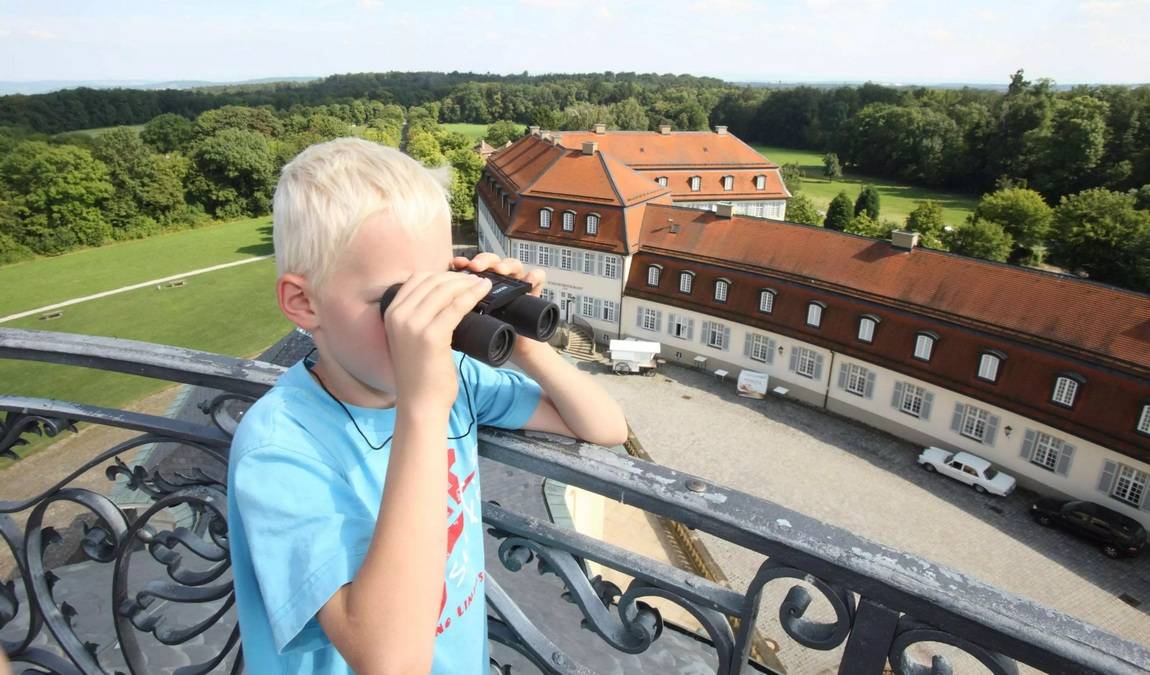 Photo: schloss-solitude.de
Photo: schloss-solitude.de
Stepping into Castle Solitude is like traveling back in time. The main building showcases the epitome of 18th-century palatial design. With its intricate stucco work and ceiling frescoes by Nicolas Guibal, the White Hall serves as a centerpiece of Rococo artistry. Although some frescoes suffered water damage over time, careful restoration has preserved much of their original splendor.
The palace's outbuildings each serve a unique purpose. The former stables now house exhibitions on the palace's history and the life of Duke Carl Eugen. The Akademie building, once part of the Hohe Karlsschule, now hosts contemporary art installations, creating an intriguing juxtaposition of old and new.
Children will be particularly drawn to the palace's more whimsical elements. With its exotic decorations and curiosities, the Chinese Cabinet offers a glimpse into 18th-century fascination with far-off lands. The restored hedge maze in the gardens provides a playful challenge for young explorers.
Fun Facts and Trivia for Young Explorers
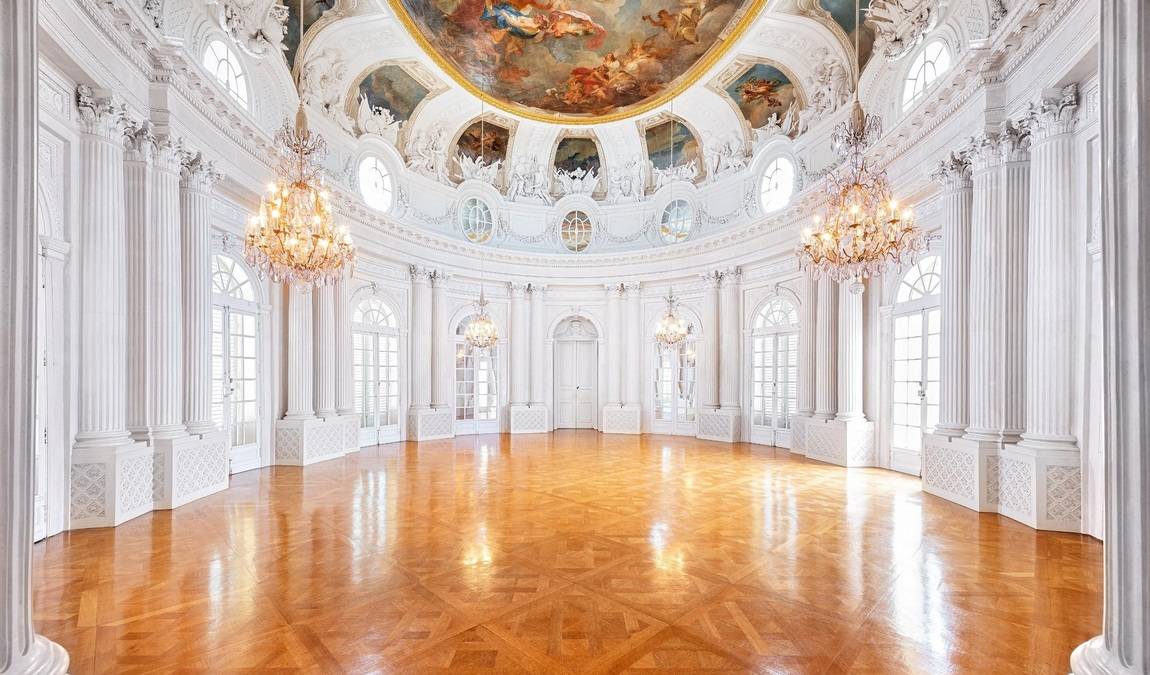 Photo: schloss-solitude.de
Photo: schloss-solitude.de
Castle Solitude holds many fascinating stories that will captivate young minds:
- Duke Carl Eugen chose the palace's name, "Solitude," to reflect its isolated location, perfect for quiet contemplation.
- Friedrich Schiller, one of Germany's most famous poets, studied at the Hohe Karlsschule on the palace grounds. It was here that he wrote his first play, "The Robbers".
- The Solitude Avenue, a 13-kilometer straight road connecting the palace to Ludwigsburg, was once reserved exclusively for royal use.
- During World War I, the palace served as a military hospital, with 23 soldiers losing their lives within its walls.
- From 1968 to 1986, part of the palace complex housed an autonomous dormitory frequented by artists, musicians, and intellectuals.
These stories bring history to life, encouraging children to imagine life in different eras and sparking their curiosity about the past.
Best Time to Visit
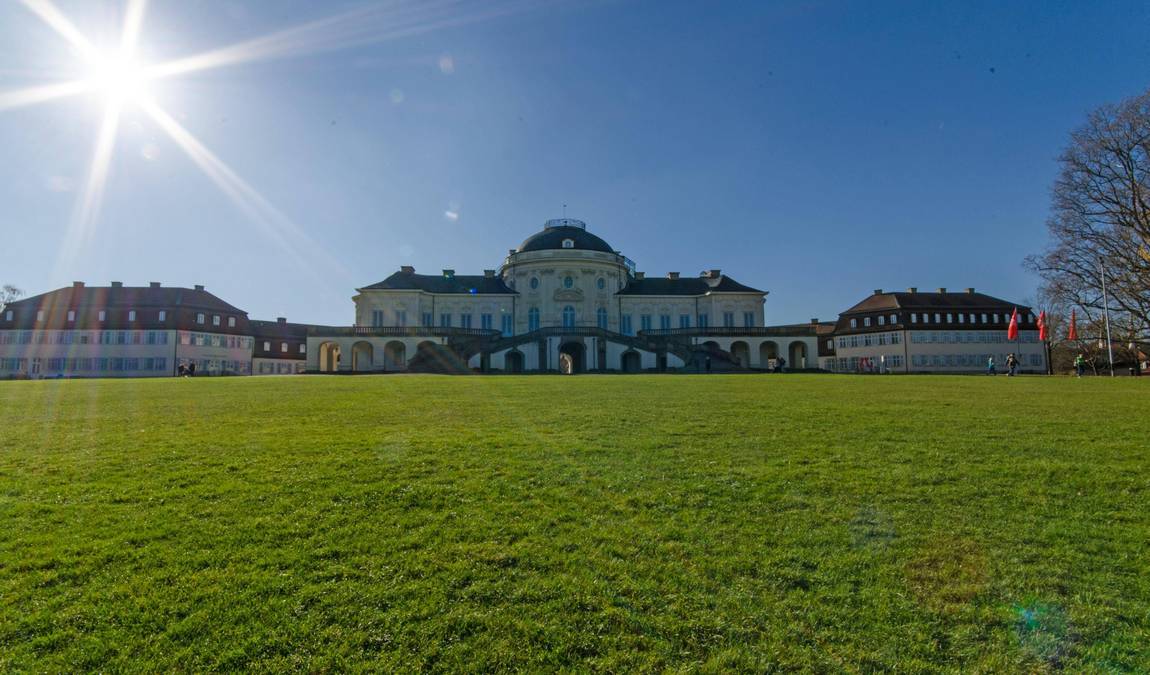 Photo: schloss-solitude.de
Photo: schloss-solitude.de
The best time to visit Castle Solitude with children is during the spring and summer, particularly on weekends when special events are often held. Mornings are ideal for exploring the palace interiors, while afternoons are perfect for enjoying the grounds. Weekdays tend to be less crowded, offering a more relaxed experience.
Recommended Duration: A visit to Castle Solitude typically takes 2-3 hours, allowing time for the palace tour and outdoor exploration.
Our Resume
Castle Solitude offers families a unique blend of historical exploration and outdoor adventure. Its stunning architecture, rich history, and beautiful surroundings provide an educational and entertaining experience for visitors of all ages. From interactive exhibits to scenic picnic spots, the palace caters to diverse interests, making it an ideal destination for a family day out in Stuttgart.


